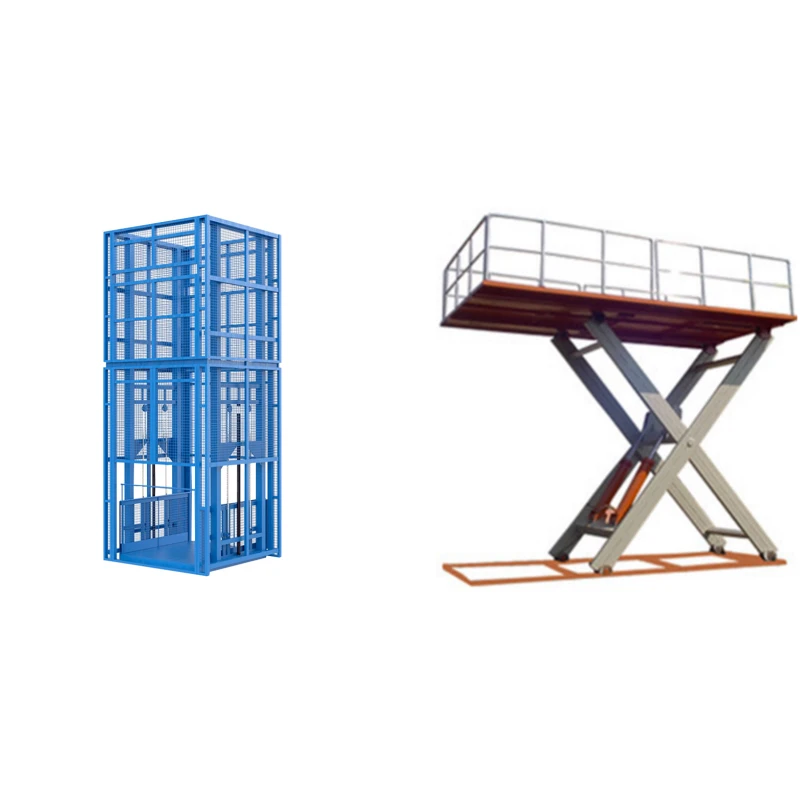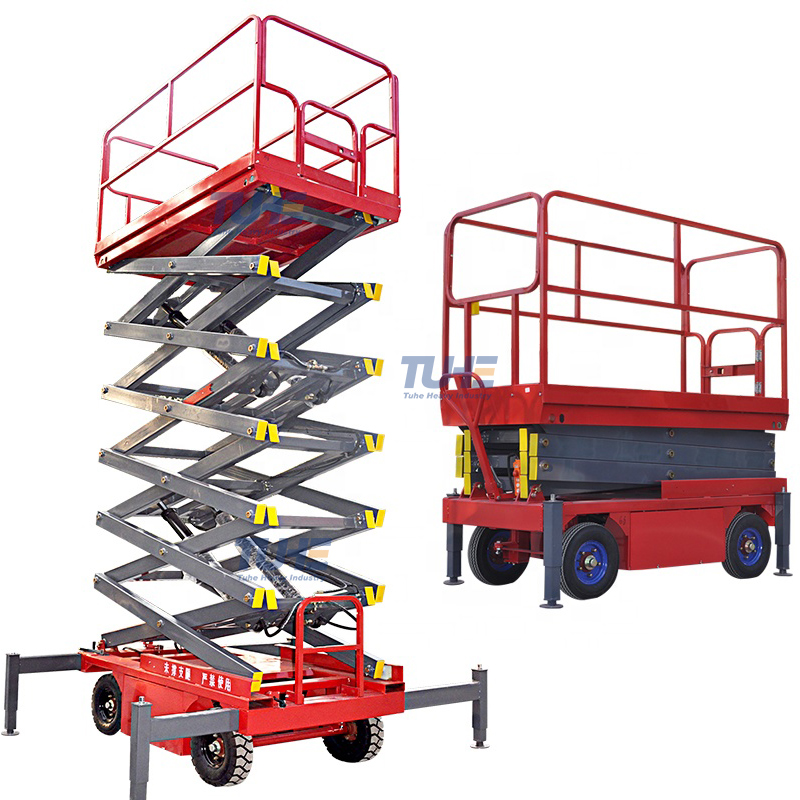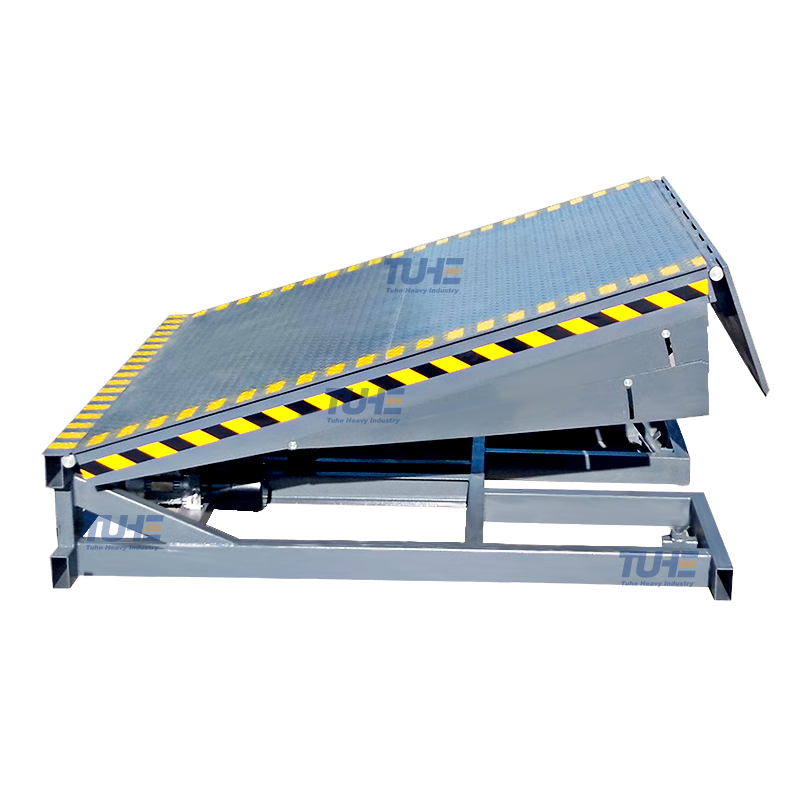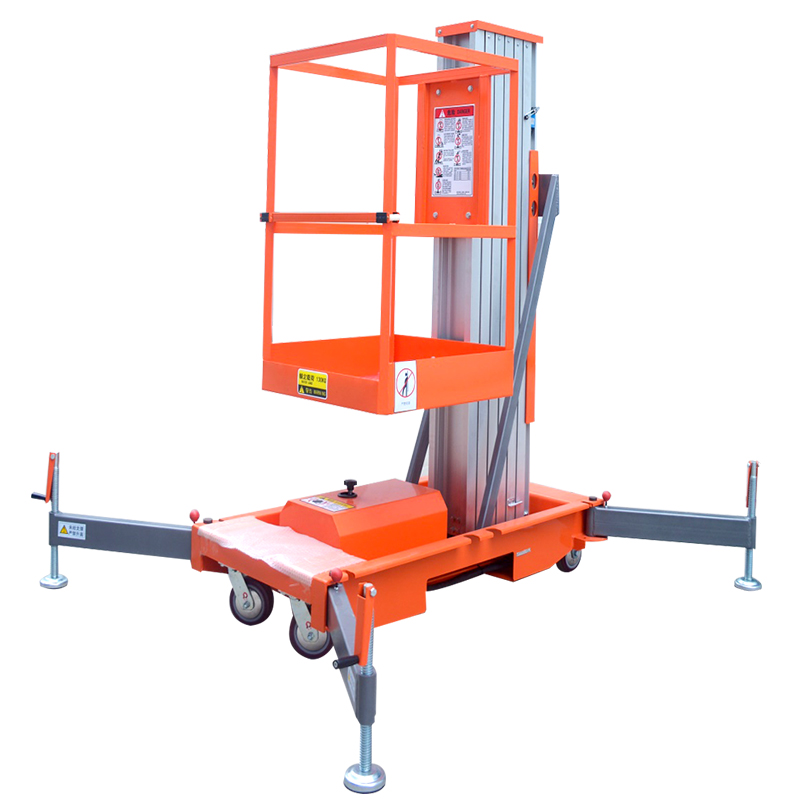Introduction
In industrial production, logistics, construction, and warehousing, the efficient movement of goods between floors is critical. Cargo lifts, also known as goods lifts, are specialized lifting platforms designed to safely and efficiently transport heavy loads vertically. Unlike passenger elevators, cargo lifts prioritize functionality, durability, and load-bearing capacity.
This article explores what a cargo lift is, its types, applications, benefits, and market trends, supported by data tables and industry insights. We will also highlight Tuhe Lift, a professional manufacturer of lifting equipment, to show how advanced technology and service are shaping the future of cargo lift solutions.
What is a Cargo Lift?
A cargo lift is a multifunctional lifting mechanical device designed for transporting goods vertically between floors. It is widely used in warehouses, factories, logistics centers, and construction sites. Cargo lifts can be fixed or mobile, depending on the operational requirements.
Unlike forklifts or conveyor belts, cargo lifts provide vertical transportation over multiple levels, which makes them essential in environments with mezzanines, basements, or multi-story storage facilities.
Key Features of Cargo Lifts
High Load Capacity: Ranging from 500 kg to over 10,000 kg.
Customizable Size: Platform dimensions can be adapted to fit specific goods.
Durability: Built with reinforced steel and chains for long-term heavy-duty use.
Safety Mechanisms: Equipped with overload protection, emergency stop, and safety doors.
Ease of Operation: Simple manual or electric controls for efficient loading.
Types of Cargo Lifts
Cargo lifts come in different types based on their structure and working principles. Below is an overview.
| Cargo Lift Type | Description | Typical Application |
|---|---|---|
| Scissor Cargo Lift | Uses cross-pattern steel supports; stable and strong | Factories, logistics centers |
| Guide Rail Cargo Lift | Moves along steel rails, high capacity, safe for heavy loads | Warehouses, storage facilities |
| Mast Cargo Lift | Compact design, lightweight, vertical lifting | Indoor stores, smaller spaces |
| Chain Cargo Lift | Uses chains for movement, suitable for very heavy loads | Industrial production, docks |
| Articulated/Crank Arm Cargo Lift | Flexible arms, suitable for outdoor uneven terrains | Construction sites |
| Loading & Unloading Platform | Used for dock or truck loading | Logistics and shipping hubs |
Each type has distinct advantages, but scissor lifts and guide rail lifts are the most widely used for stable, high-capacity lifting.
Cargo Lift vs Passenger Elevator
It’s important to distinguish between cargo lifts and passenger elevators.
| Feature | Cargo Lift | Passenger Elevator |
|---|---|---|
| Purpose | Transport goods | Transport people |
| Load Capacity | 500 kg – 10,000+ kg | 300 – 1,000 kg |
| Speed | Moderate (0.1–0.5 m/s) | Faster (1–3 m/s) |
| Design | Simple, industrial-focused | Aesthetic, passenger-friendly |
| Cost | Lower | Higher |
Cargo lifts are more economical and durable, making them a preferred choice for industrial environments.
Benefits of Using a Cargo Lift
The increasing adoption of cargo lifts worldwide can be attributed to their clear benefits:
Efficiency: Reduces manual labor, saving time and increasing throughput.
Safety: Minimizes workplace accidents from carrying heavy loads manually.
Space Utilization: Makes use of vertical space in warehouses.
Cost Savings: Lower operational costs compared to forklifts or conveyor systems.
Customizable Solutions: Tailored designs for specific industry needs.
According to research by Fortune Business Insights (2023), the global material handling equipment market (including cargo lifts) was valued at USD 213.35 billion in 2022 and is expected to grow at a CAGR of 5.7% from 2023 to 2030.
Cargo Lift Market Data and Trends
| Year | Global Material Handling Market Value (USD Billion) | Growth Driver |
|---|---|---|
| 2022 | 213.35 | Rising e-commerce logistics |
| 2023 | 225.53 | Manufacturing automation |
| 2025 (Forecast) | 252.89 | Increased warehouse capacity |
| 2030 (Forecast) | 315.23 | Smart lift technology integration |
The demand for cargo lifts is closely tied to the growth of logistics, e-commerce, and manufacturing sectors, particularly in China, USA, and Europe.
Applications of Cargo Lifts
Cargo lifts are versatile and can be used across multiple industries:
Warehousing & Logistics: Moving pallets and goods between floors.
Factories & Manufacturing Plants: Transporting raw materials and finished products.
Construction: Lifting tools, equipment, and building materials.
Parking Facilities: Vertical movement of vehicles or spare parts.
Retail & Supermarkets: Stocking and replenishing inventory.
Shipping & Docks: Loading/unloading cargo from trucks and containers.
Safety Standards and Certifications
Cargo lifts must comply with international safety standards to ensure reliable operation.
| Standard/Certification | Region | Purpose |
|---|---|---|
| CE Certification | Europe | Compliance with EU safety requirements |
| SGS Certification | Global | Quality assurance and safety testing |
| ISO 9001 | Global | Quality management systems |
| ANSI/ASME | USA | Safety standards for lifts and elevators |
Tuhe Lift products are CE and SGS certified, ensuring high international safety and quality benchmarks.
Case Study: Tuhe Lift – A Leading Cargo Lift Manufacturer
Company Overview
Founded in 2012 by six senior engineers, Tuhe Lift is headquartered in Jiyang, the “Hometown of China’s Lifting Platform Manufacturing.” With 3 production workshops, an exhibition hall, and over 300 employees, Tuhe has established itself as a trusted lifting equipment manufacturer.
Product Range
Tuhe Lift independently developed 6 major series and 50 varieties, including:
Scissor lifts
Mast lifts
Articulated boom lifts
Cargo lifts
Home lifts
Advantages
Cost-Performance Ratio: High-quality yet competitively priced.
Certifications: CE, SGS, and other international approvals.
Service Commitment:
1-day design solution
7×24 online support
7-day delivery
1-year warranty
Global Reach
Tuhe Lift exports to the USA, Australia, Germany, Algeria, Peru, and other markets, providing customized OEM services for long-term partners.
Vision
To become China’s top lift manufacturer with world-class standards, Tuhe Lift seeks long-term cooperation with global clients, offering factory-direct products and favorable prices.
Cargo Lift Cost Factors
| Factor | Impact on Cost |
|---|---|
| Load Capacity | Higher capacity increases cost |
| Platform Size | Larger platforms require more material |
| Lift Height | Tall lifts need stronger support |
| Customization | Special safety features increase cost |
| Certifications | International compliance raises production costs |
On average, basic cargo lifts cost between USD 3,000–10,000, while custom heavy-duty lifts can exceed USD 50,000. Tuhe Lift’s factory-direct pricing helps customers save significantly.
Conclusion
A cargo lift is more than just a machine; it’s a vital part of modern logistics, manufacturing, and construction. It improves efficiency, safety, and cost-effectiveness in vertical goods transportation. With the rapid expansion of e-commerce and global logistics, the demand for cargo lifts will continue to grow.
As a professional cargo lift manufacturer, Tuhe Lift combines engineering expertise, international certifications, and excellent service to deliver reliable lifting solutions for global clients. For businesses seeking durable, safe, and cost-effective cargo lifts, Tuhe Lift is a trusted partner for long-term success. Contact Tuhe Lift for a quote.

222.webp)


660.webp)
503.webp)
695.webp)

